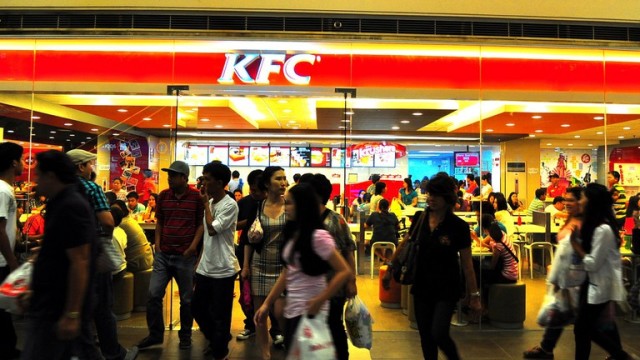To better understand how and why fried chicken became synonymous with Christmas in Japan, we have to rewind a few decades.
Following a period of austerity following World War II in the 1940s and '50s, Japan's economy started taking off.
"Japan's economic power was going through the roof ... and people had the cash to indulge in consumer culture for the first time," says Ted Bestor, a professor of Social Anthropology at Harvard University who has studied Japanese food and culture for the past 50 years.
"Since the US was a cultural powerhouse at the time, there was huge interest in Western fashion, foods, trips overseas -- Japan was really opening up."
While living in the center of Tokyo in the early 1970s, Bestor recalls seeing many foreign franchises popping up, such as Baskin-Robbins, Mister Donut and The Original Pancake House.
During this period of rapid globalization, Japan's fast-food industry expanded 600% between 1970 and 1980, according to "Colonel Comes to Japan," a 1981 documentary directed by John Nathan.
KFC -- then known as Kentucky Fried Chicken -- was part of the pack, opening its first Japan outlet in Nagoya in 1970.
By 1981, the chain had opened 324 stores -- over 30 a year -- and made roughly US$200 million per year, according to the documentary.
"It seemed like, suddenly, Kentucky Fried Chicken was everywhere," recalls Bestor.

